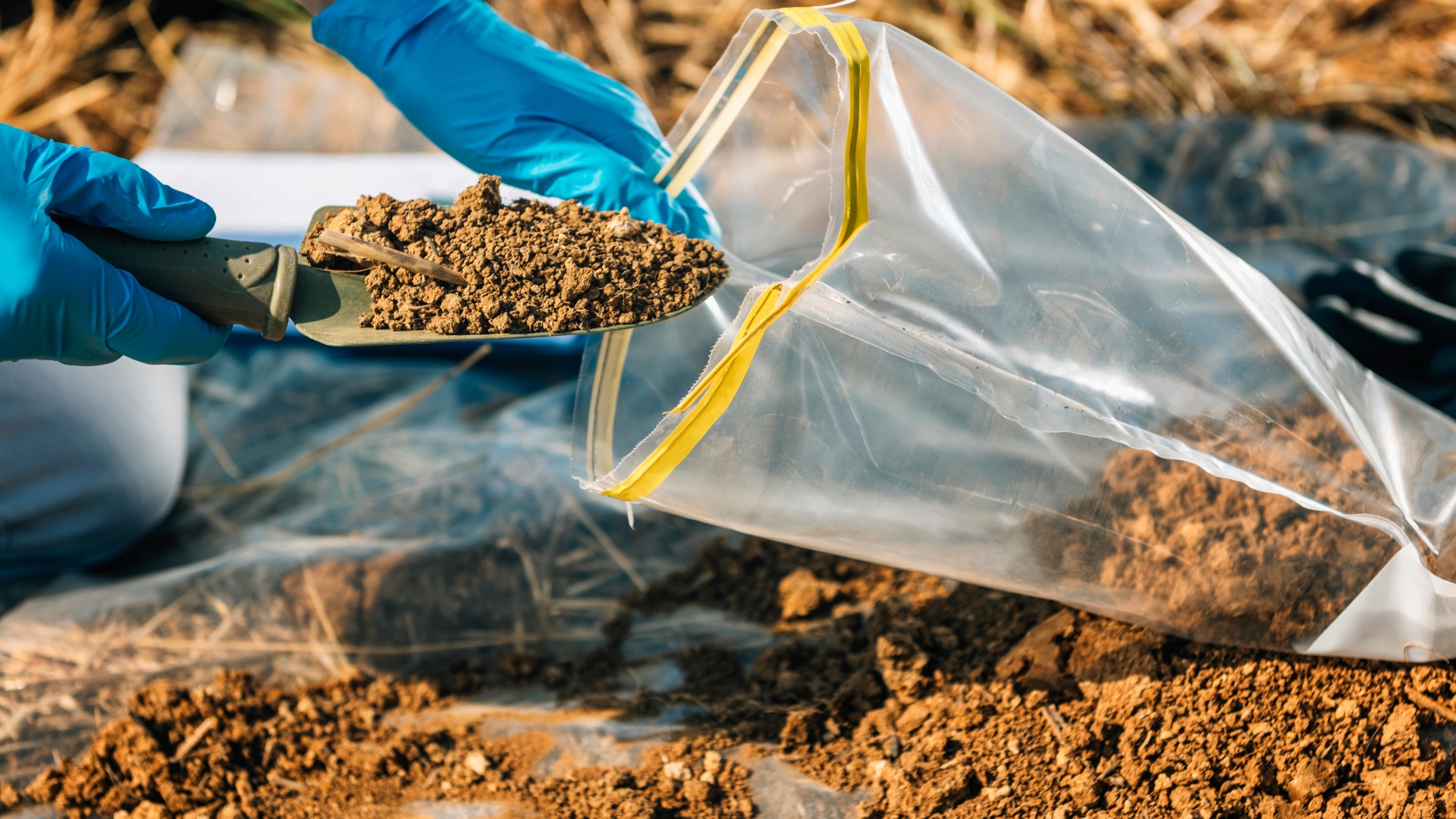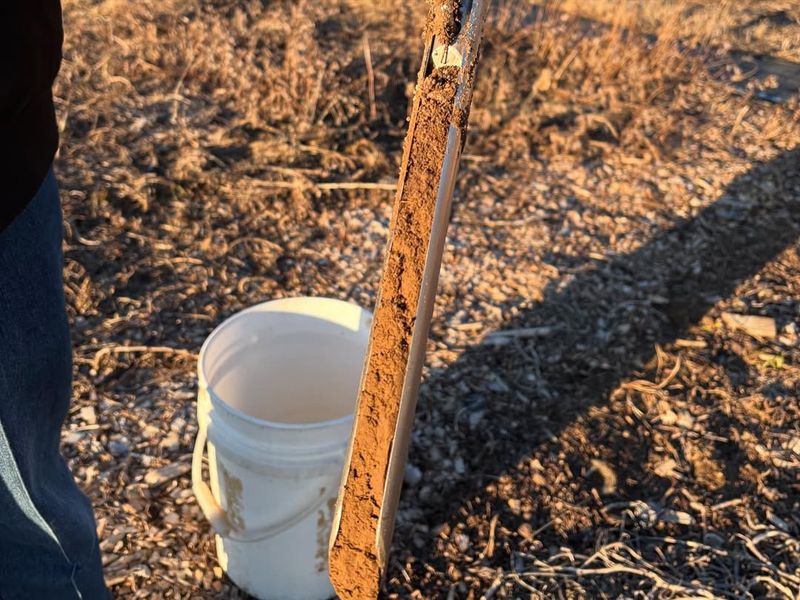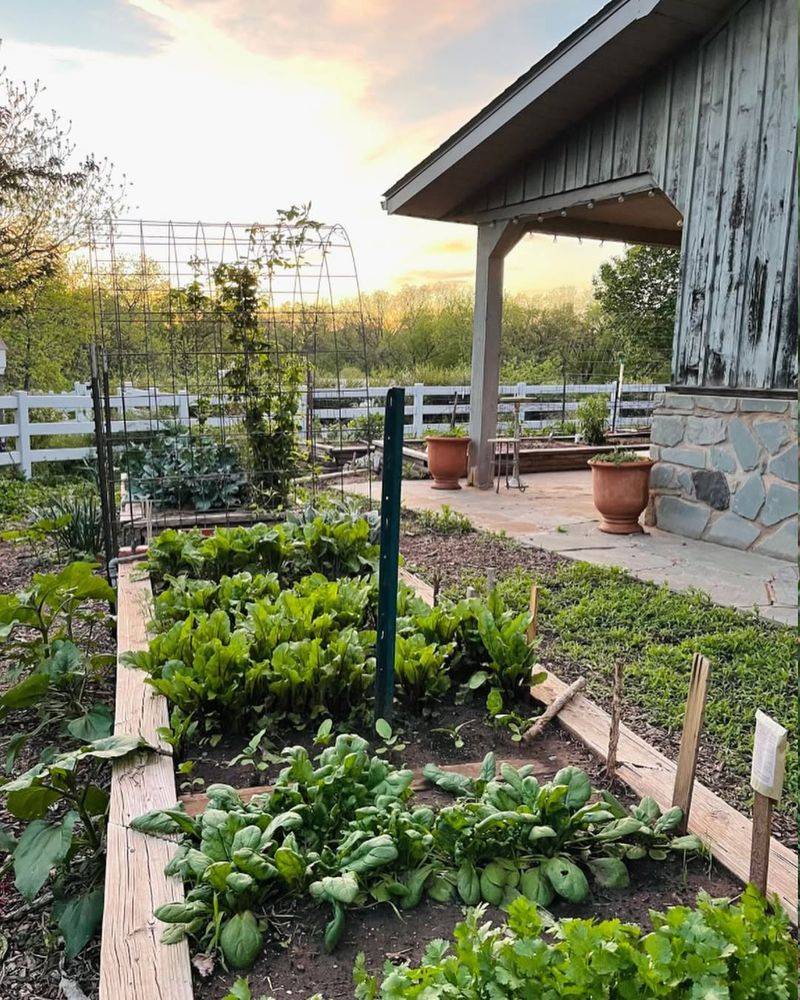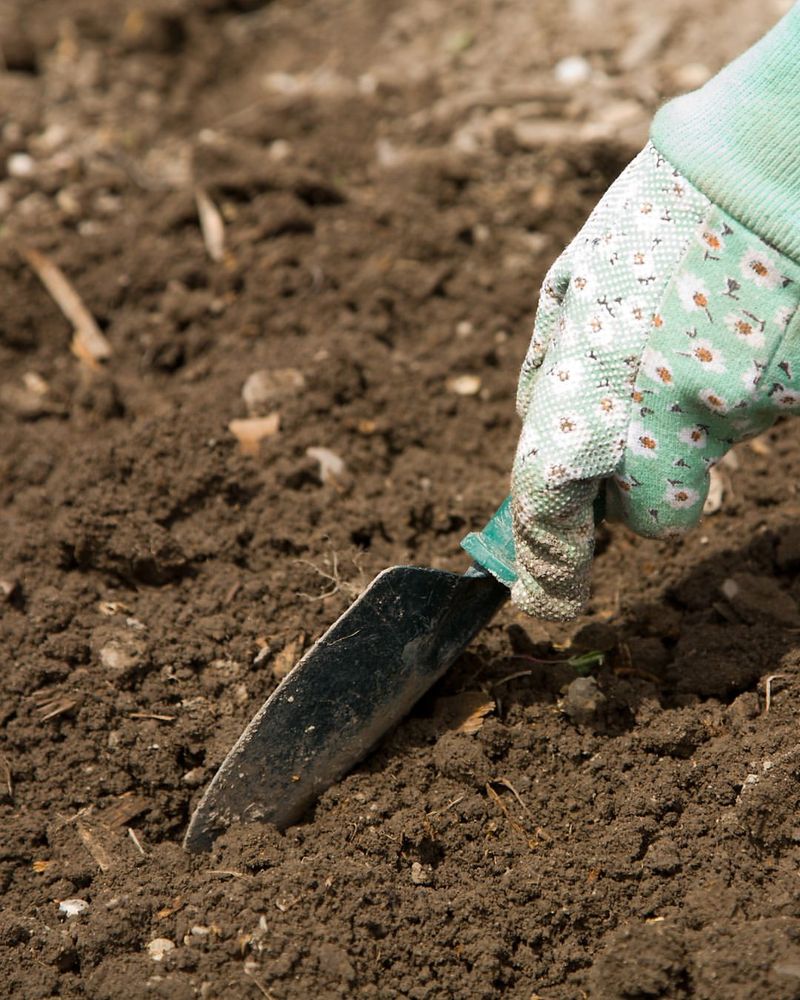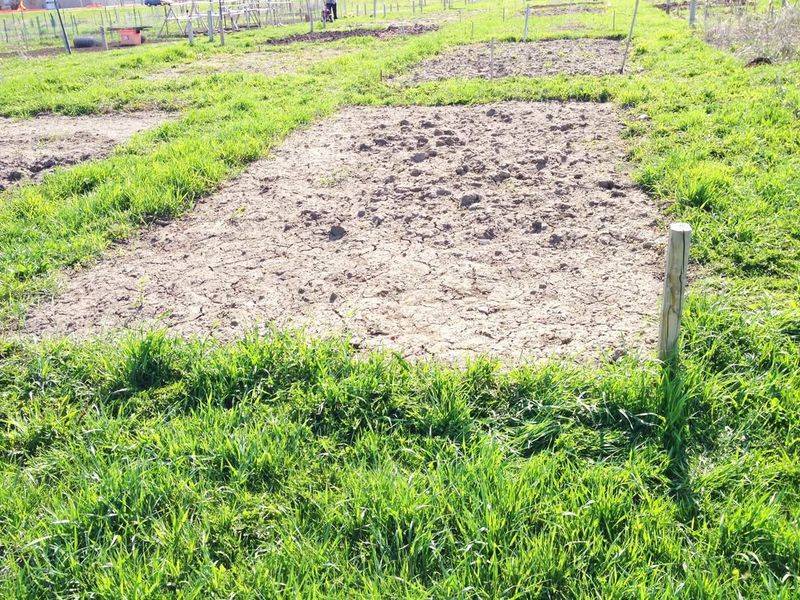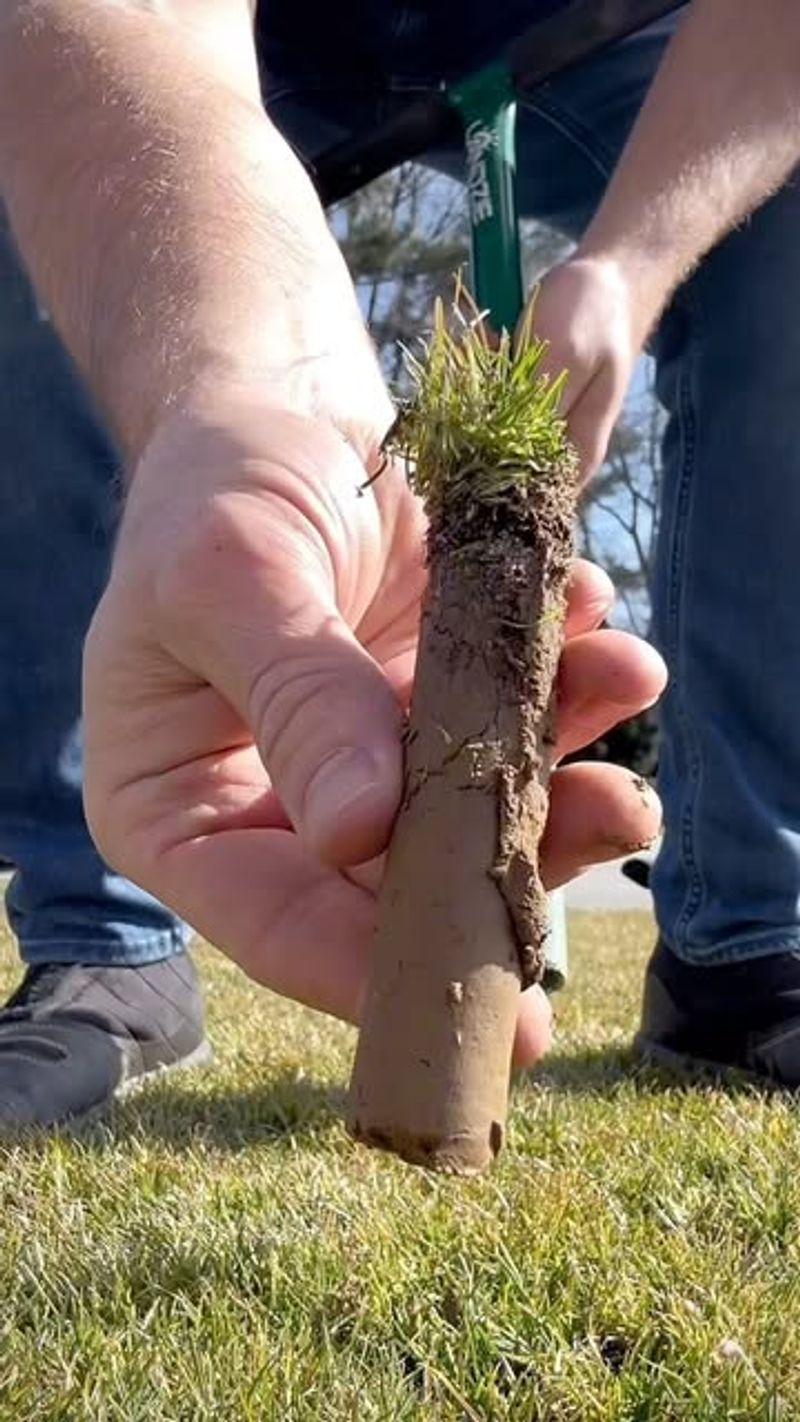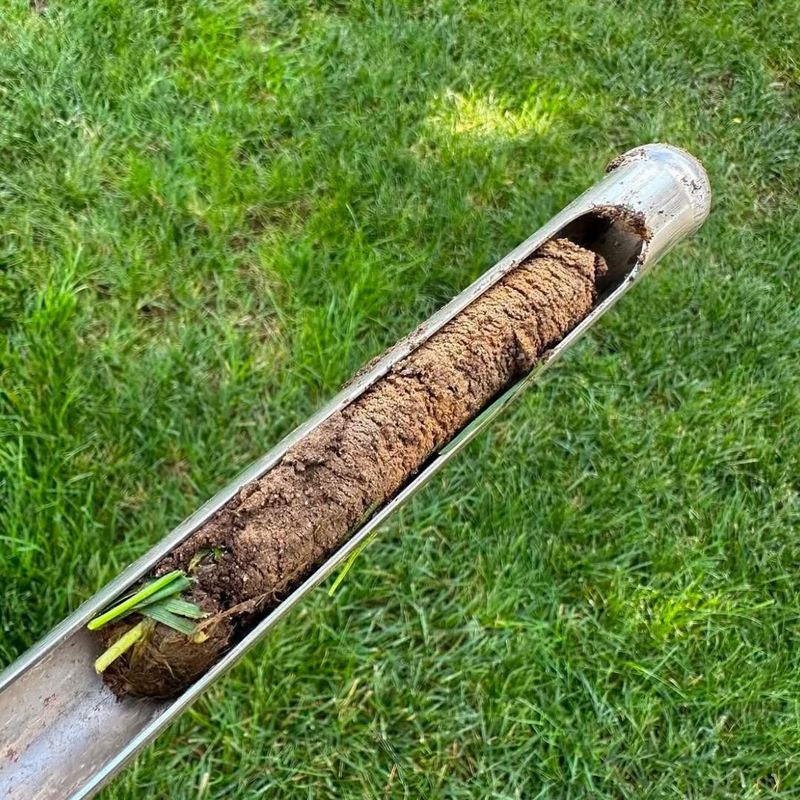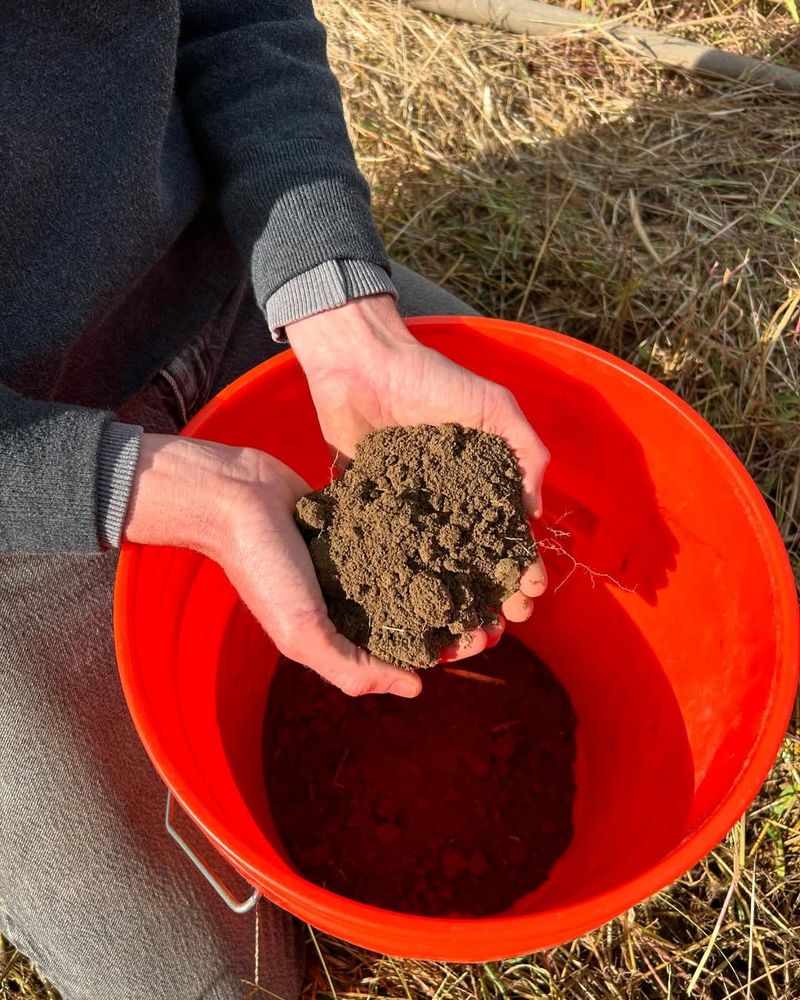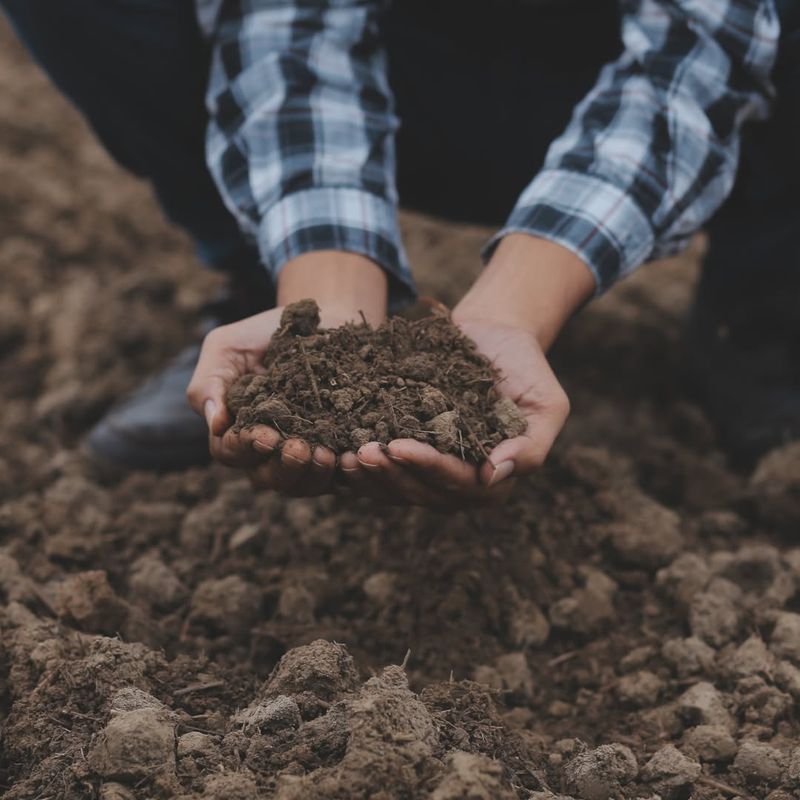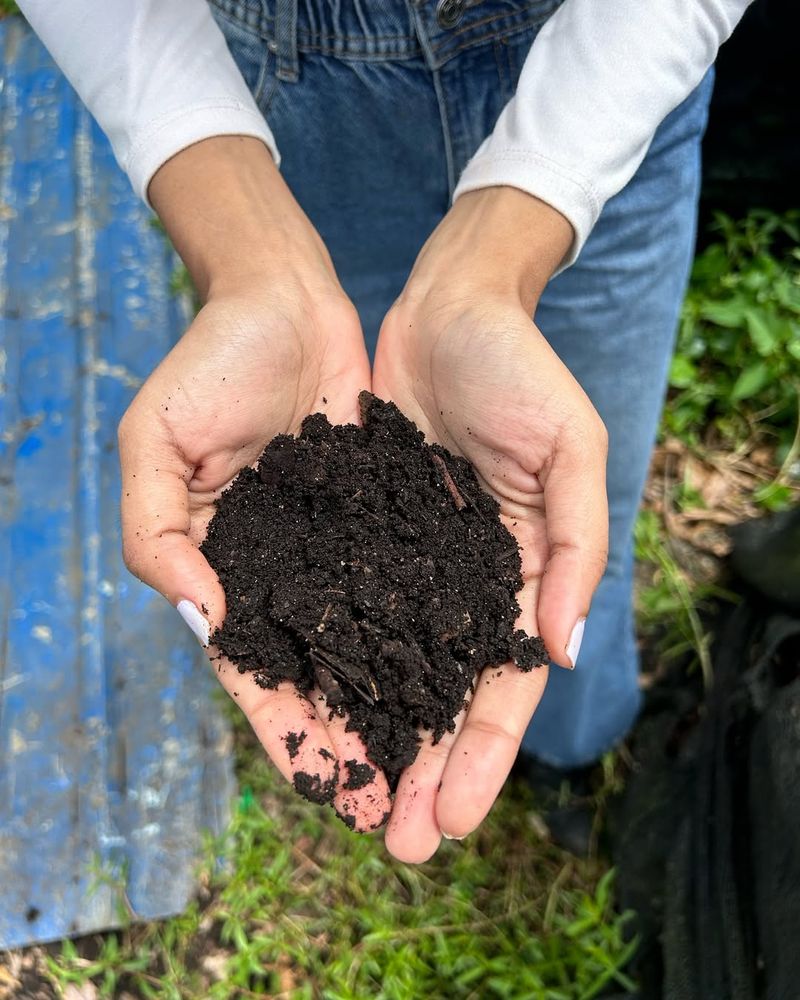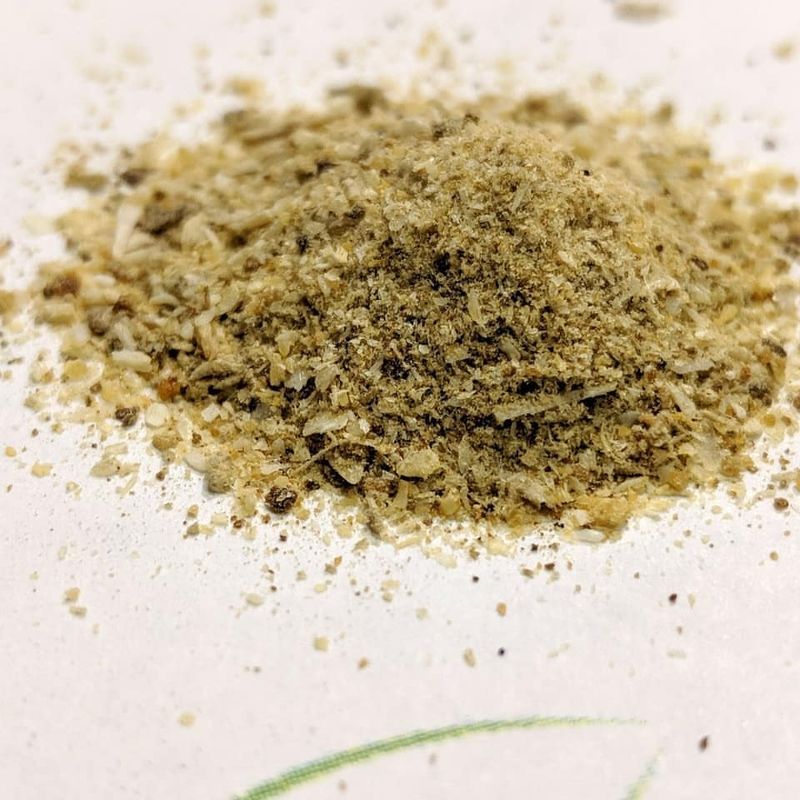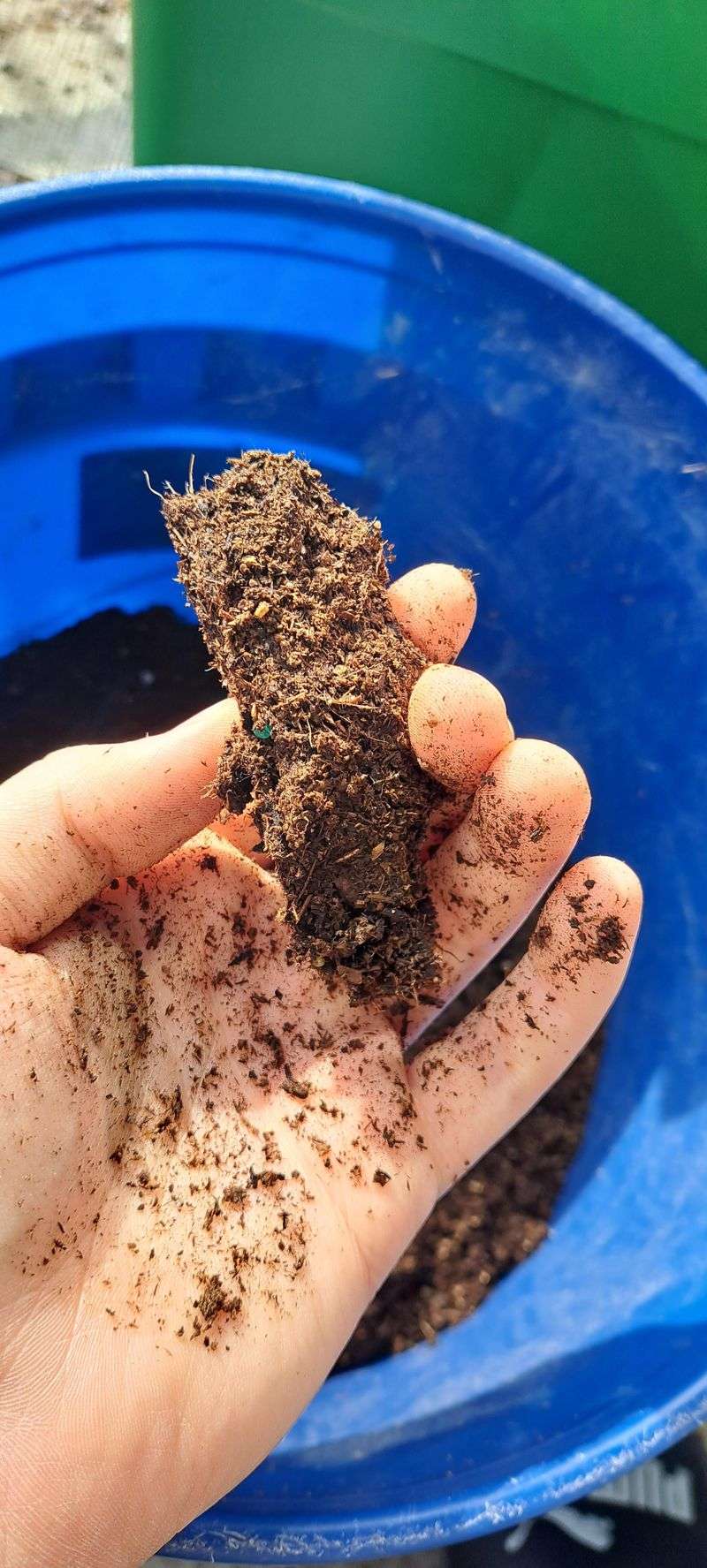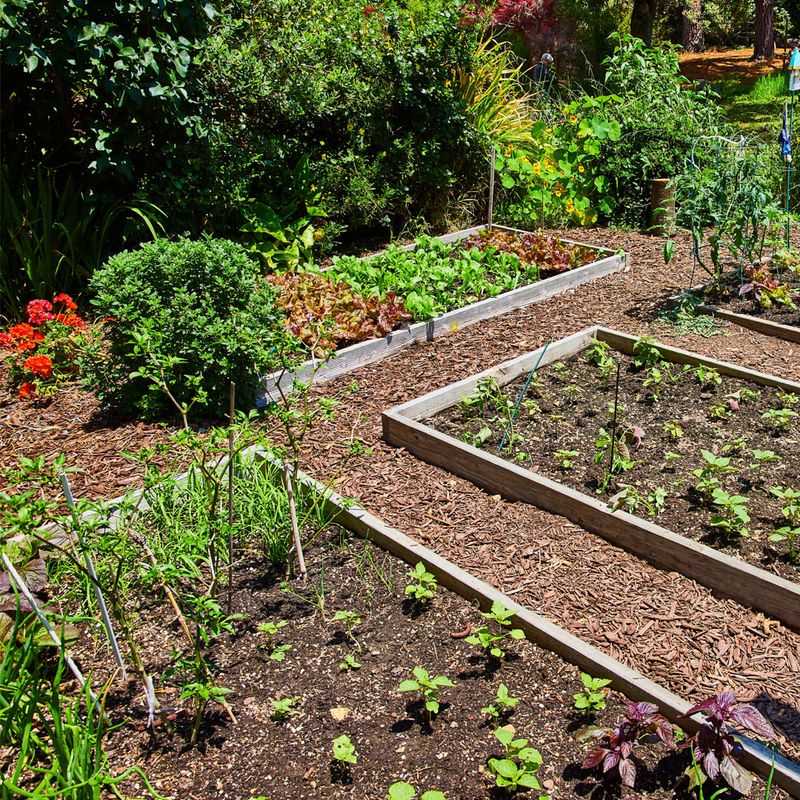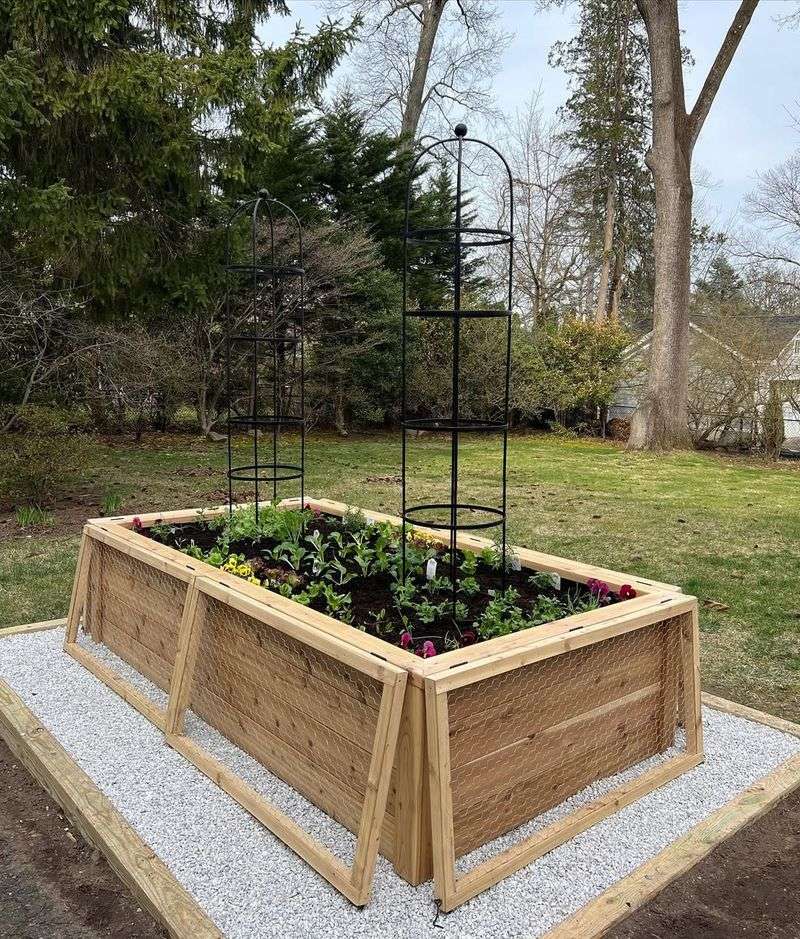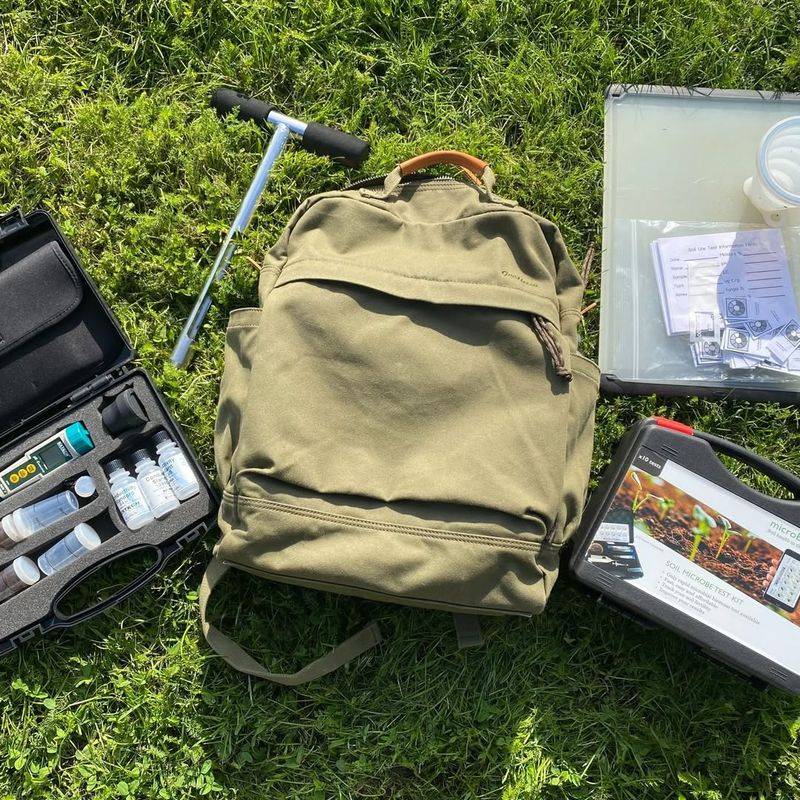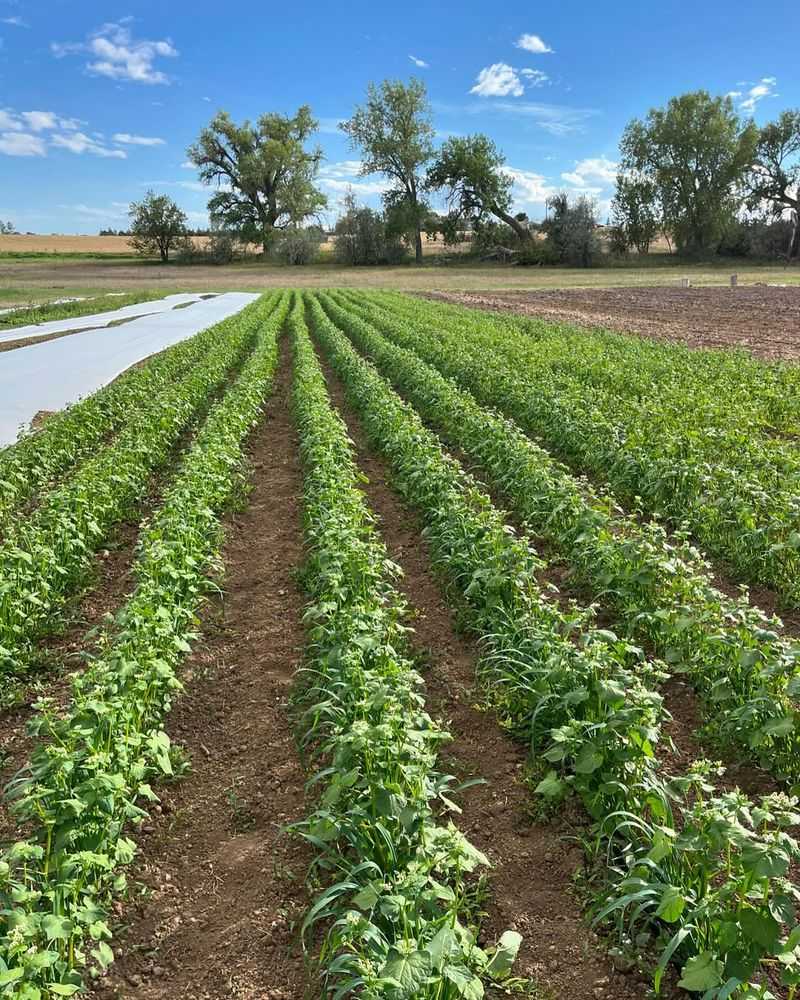Soil testing is like a health check-up for your garden—it reveals exactly what your soil needs to thrive. By measuring key elements like nutrient levels and pH, it takes the guesswork out of planting and fertilizing. The result? Healthier plants, better harvests, and smarter, more sustainable gardening. Think of it as the secret weapon for anyone serious about growing success. Let’s get started!
1. What Is Soil Testing?
Understanding the ground beneath our feet is essential for successful gardening and farming. Soil testing is the process that allows you to peek beneath the surface, quite literally, and see what your garden’s soil is made of.
It reveals the hidden secrets of your soil, such as nutrient content and pH level, providing valuable information for optimal plant growth. With this information in hand, gardeners can make informed decisions about what amendments or fertilizers are needed.
2. Why Soil Testing Matters For Your Garden’s Success
Healthy plants start with healthy soil, which is why soil testing is crucial for any gardener. By understanding the nutrient content and pH level of your soil, you can tailor your gardening approach to suit your plants’ needs.
This ensures vibrant growth, better yields, and a flourishing garden. Without testing, you might be flying blind, applying fertilizers or amendments that your soil may not need.
Doing this can lead to nutrient imbalances or even harm your plants. Soil testing minimizes these risks, making it a game-changer for anyone looking to achieve gardening success.
3. Key Nutrients And pH Levels Explained
Plants rely on a variety of nutrients and a balanced pH to thrive. Essential elements like nitrogen (N), phosphorus (P), and potassium (K) are the building blocks of plant health, each playing a unique role in growth and development.
Calcium and magnesium also contribute to plant vitality, supporting diverse functions from photosynthesis to enzyme activation.
However, if the soil’s pH level is too high or too low, these nutrients may become inaccessible to plants. Maintaining an optimal pH range ensures that your plants can absorb what they need, paving the way for lush and robust growth.
4. When Is The Best Time To Test Your Soil?
Timing matters when it comes to soil testing, as it provides the most accurate results for your gardening goals. The ideal time to test is typically in the early spring before planting, allowing you to amend your soil as needed for the growing season ahead.
Testing in the fall after harvest can also be beneficial, providing insights that help plan for the next season. For year-round gardeners or those with specific plant types, testing frequency may vary. Regular soil assessments ensure that your plants receive the best foundation for growth, no matter the season.
5. Different Types Of Soil Tests (And What They Measure)
Not all soil tests are created equal, and each type provides a different level of insight into your soil’s composition. Basic soil test kits often measure pH and essential nutrients like nitrogen, phosphorus, and potassium.
Comprehensive tests dig deeper, revealing secondary nutrients, micronutrients, and organic matter content. DIY kits are convenient and cost-effective, while lab-based tests offer precision and detailed analysis.
Choosing the right test depends on your gardening goals and the level of detail you need. Each test provides a snapshot of your soil’s health, helping guide planting decisions.
6. DIY Vs. Professional Soil Testing — Pros And Cons
When it comes to soil testing, gardeners have two main options: DIY kits or professional lab tests. DIY kits are affordable and offer the convenience of quick results at home. However, they may lack the precision and depth of information that professional lab tests provide.
Lab tests, while more costly, offer detailed insights and recommendations tailored to your soil’s specific needs. Deciding between the two depends on your budget and the level of detail required. Understanding the trade-offs allows you to choose the best option for your gardening objectives.
7. How To Collect A Proper Soil Sample
Collecting a soil sample might seem straightforward, but precision is key to accurate results. Start by gathering tools like a clean trowel, containers, and a ruler.
Remove debris from the soil surface, then dig a small hole to collect samples from different depths. Mix the collected soil thoroughly to create a representative sample.
Avoid areas with recent fertilizer application or those that differ markedly from the rest of your garden. Proper sampling ensures that the test results accurately reflect your soil’s overall condition.
8. Interpreting Your Soil Test Results
Reading a soil test report might feel like deciphering a secret code, but it’s simpler than it seems. The report usually details pH levels, nutrient concentrations, and organic matter content. Key sections highlight imbalances or deficiencies that may require correction.
Compare the results with optimal levels for your specific plants or crops to identify any issues. Understanding these numbers allows you to make precise adjustments, improving soil health and plant growth. With a bit of practice, interpreting these reports becomes an empowering skill for any gardener.
9. How To Adjust Soil pH Based On Results
Adjusting soil pH can feel like a balancing act, but it’s an essential skill for optimal plant growth. If the soil is too acidic, adding lime can raise the pH, making nutrients more available to plants.
Conversely, sulfur can lower the pH of alkaline soil, helping create a suitable environment for your garden. Natural amendments, like compost, can also help moderate pH levels over time.
It’s important to test regularly and make gradual adjustments, as drastic changes can harm soil health. Tailoring pH levels ensures that your plants thrive in their environment.
10. Fixing Nutrient Deficiencies With The Right Amendments
Nutrient deficiencies can stifle plant growth, but the right amendments can bring your soil back to life. Compost and organic matter enrich the soil, enhancing its structure and nutrient content.
For targeted needs, specific amendments like bone meal for phosphorus or lime for calcium can address particular deficiencies. It’s crucial to base these choices on soil test results to avoid over-fertilization.
Thoughtful application of amendments not only remedies deficiencies but also fosters healthier soil and more productive plants. Your garden can flourish with the right care and attention.
11. How Often Should You Test Your Soil?
Regular soil testing is like an annual check-up for your garden. For most home gardens, testing every two to three years is usually sufficient.
However, more frequent testing may be necessary for vegetable plots or areas with high-intensity planting. The frequency can vary depending on soil type, climate, and the specific needs of your plants.
Keeping an eye on soil health ensures that your gardening practices align with your garden’s current conditions, promoting long-term health and productivity. Regular checks keep your garden in top shape.
12. Common Mistakes To Avoid When Soil Testing
Even the most seasoned gardeners can stumble over soil testing mistakes. One common error is improper sampling, such as collecting soil only from one spot or ignoring variations in the garden.
Another pitfall is misinterpreting test results, which can lead to incorrect amendments or nutrient imbalances. To avoid these errors, follow best practices for sampling and take the time to understand your test report.
This diligence ensures that your soil management strategies are based on accurate data, providing a solid foundation for your gardening success. Avoiding these pitfalls leads to bountiful harvests.
13. Using Test Results To Plan Crop Rotation And Plant Pairings
Soil test results can be a gardener’s secret weapon for strategic planning. By analyzing nutrient levels and pH, you can make informed decisions about crop rotation, ensuring that plants with different nutrient needs follow each other. This helps maintain soil fertility and reduces pest and disease.
Additionally, grouping plants with similar needs enhances growth and minimizes competition for resources. Using these insights to plan your garden layout maximizes productivity and promotes ecological balance. It’s a dynamic approach that aligns with nature’s rhythms.
14. Soil Testing For Lawns, Containers, And Raised Beds
No matter where you’re growing, soil testing is invaluable. Lawns benefit from understanding nutrient levels for lush, green grass. Container gardens require attention to pH and nutrients due to limited soil volume.
Raised beds offer unique opportunities for tailored soil mixes and amendments. Each setup may have specific needs, but soil testing provides the information required to meet them.
Understanding your growing environment allows for customized care, ensuring that every plant thrives. By adapting soil practices to different spaces, gardeners can optimize growth and beauty across their landscape.
15. How Soil Testing Supports Sustainable Gardening
Sustainability starts with understanding, and soil testing is a cornerstone of eco-friendly gardening. By accurately assessing nutrient needs, gardeners can reduce waste and prevent over-fertilization.
This not only protects the environment but also conserves resources and reduces costs. Regular testing promotes a balanced ecosystem within the garden, supporting biodiversity and resilient plant communities.
It’s a proactive approach that aligns with sustainable practices, ensuring a thriving garden today and in the future. Soil testing is an ally in the quest for greener gardening.
16. Tools And Kits Every Gardener Should Have
Equipping yourself with the right tools can revolutionize your gardening experience. A basic soil test kit or pH meter is indispensable for monitoring soil health. For those who crave detail, lab testing services provide in-depth insights into soil composition.
Having a trusty trowel, gloves, and containers for sample collection also makes the process smoother. These tools empower gardeners to take control of their soil’s health, making informed choices for optimal growth.
17. Final Tips For Building Long-Term Soil Health
Achieving long-term soil health is a journey, not a destination. Regular soil testing is only one piece of the puzzle. Incorporating compost, rotating crops, and planting cover crops all contribute to a vibrant soil ecosystem.
Building a foundation of rich, balanced soil takes time, but the rewards are worth the effort. With patience and persistence, gardeners can create a self-sustaining environment that supports healthy plant growth year after year. It’s a legacy of fertility and abundance that continues to give back to the earth.

